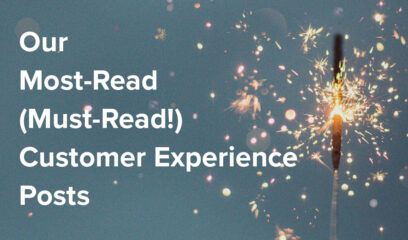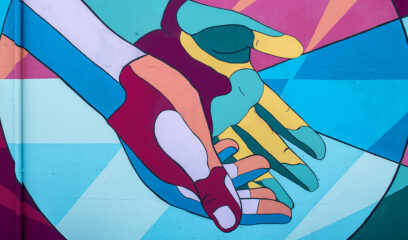In a recent post, I talked about the increasing complexity of loyalty programs — and how the earning schemes that marketers employ can influence customers’ perceptions of not only the program, but of the brand itself. However, it’s not just loyalty program inputs that have gotten complex. Program outputs — the rewards that customers get for their continued business — have become just as, if not more, diverse and convoluted.
The most typical (and simple) output is something free or discounted from the company who’s providing the program: a free sandwich, an upgraded hotel room for the price of a standard one, or $25 off the next purchase. Such exchanges make the value proposition of continued patronage quite clear to customers. (“I give X, I get Y.”)
But in recent years, marketers have turned loyalty earnings into virtual currencies that can be exchanged for just about anything imaginable. After amassing a ridiculous excess of United Airlines miles several years ago, I redeemed them — not for flights, but for a DSLR camera, a Samsung TV, and a wine fridge. Starwood Preferred Guest members have point redemption options as diverse as a donation to The American Red Cross or an opportunity to meet singer-songwriter Sheryl Crow at an upcoming concert. By aligning their loyalty programs with other products, services, experiences, and causes that are important to their customers, marketers can create a halo effect for their own brands.
Recognition — via status tiers or exclusivity — is another common output of loyalty programs. It is perhaps the most seductive of rewards, in that it appeals to people’s innate desire to feel special. What frequent flyer didn’t do a little happy dance (at least on the inside) the first time he got upgraded to first class? What fashionista wouldn’t want to be among the first to buy a new designer handbag? What newshound wouldn’t want to get the inside scoop from a favorite reporter? This is simply human nature.
But recognition is also the most insidious of loyalty program rewards, in that is has the potential to undermine the entire customer experience for the masses of customers who aren’t among the privileged elite. In a previous post, I talked about how I’ve felt trapped for many years by the United Mileage Plus loyalty program. Part of this owes to the fact that I fly 100,000+ miles each year — and I know that my associated status level gets me a significantly more predictable and less stressful travel experience. If I didn’t have my top-tier status, I’d be waiting in long lines to board, gate-checking my bag to my destination, sitting with knees up against my chin, and starving. And I’d have to shell out cold hard cash (on top of the airfare I already paid!) if I wanted to change any of those factors.
I completely understand that companies want to provide an improved customer experience to their most loyal customers. That makes perfect business sense. But that upgrade should be from a good experience to a great one, not from terrible experience to one that’s simply adequate. In other words, loyal customers aren’t the only ones who deserve to be treated with empathy and respect. And marketers need to make sure that the loyalty program rewards they construct don’t give their organizations implicit permission to degrade the baseline customer experience.
Marketers must also consider more than just the types of inputs and outputs their loyalty programs employ. In an upcoming post, I’ll talk about some additional loyalty program mechanics and how they influence the customer experience.




